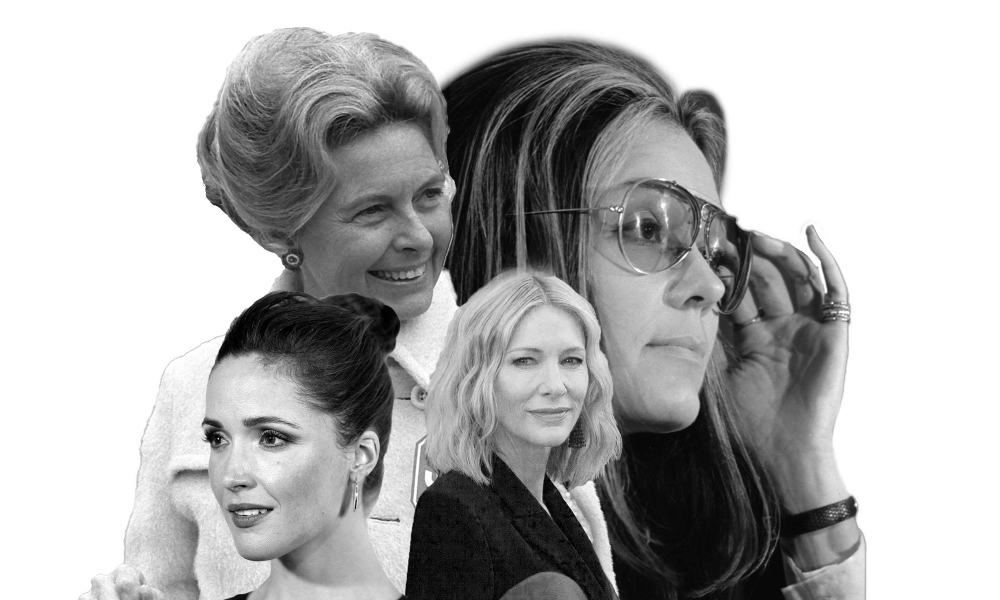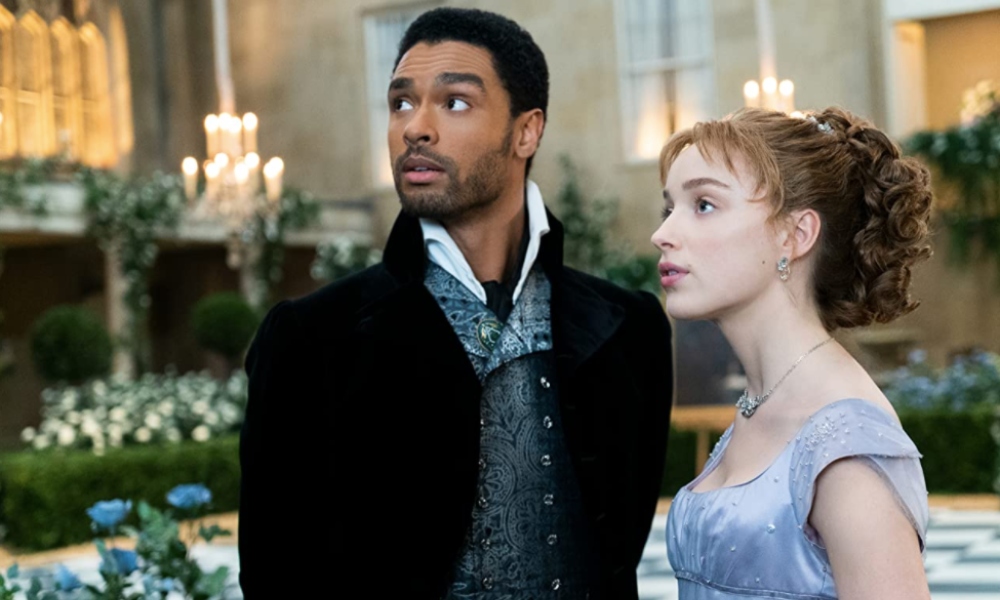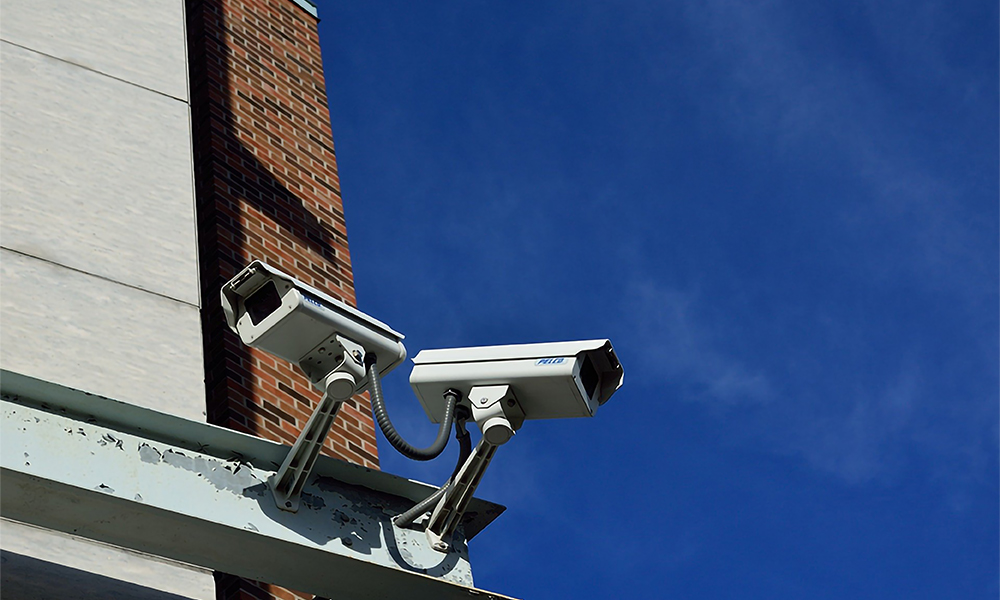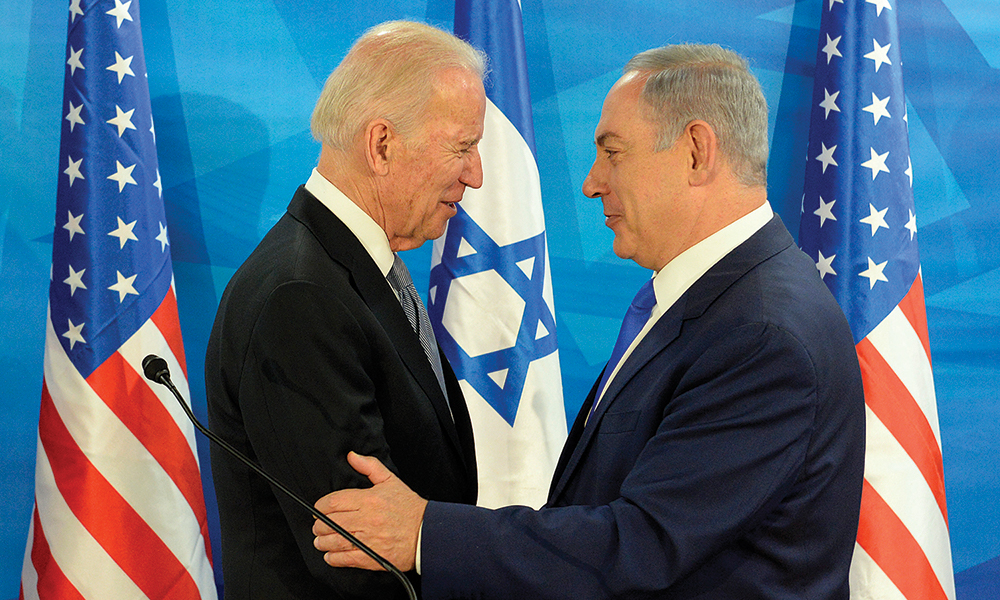The hoopla around the new Hulu series Mrs. America is driving me nuts. The disclaimer at the top of each episode doesn’t help: “This program is based on actual events that occurred during the political struggle and debate over the Equal Rights Amendment,” but some characters “are fictional and some scenes and dialogue are invented for creative and storyline purposes.”
That’s the problem. The series, like many of its kind, interweaves the “invented” and the “actual” so seamlessly that the two are easily conflated by viewers who didn’t live through the 1970s or pay close attention to women’s issues. And the ERA storyline, being largely fact-based, affords spillover credence to some of the drama’s fictional scenes and dialogue. This creates serious distortions.
I met Phyllis Schlafly, the protagonist of the series, only once, so I can’t vouch for the accuracy of Cate Blanchett’s characterization of the anti-ERA agitator. However, I did know the pro-ERA leaders: Representative Bella Abzug of New York, remembered best for her loud mouth and big hats; Betty Friedan, author of The Feminine Mystique and founder of the National Organization for Women; Representative Shirley Chisholm, the first black woman to run for president, and Gloria Steinem, the internationally acclaimed speaker, writer and activist, whom I met in 1971 at the founding conference of the National Women’s Political Caucus and worked with for years at Ms. magazine.
Despite her aviator glasses, Rose Byrne’s nasal-voiced, lock-jawed version of Gloria bears scant resemblance to the woman I’ve known for five decades. More important, Byrne’s Gloria—who seems more upset by Screw magazine’s crudely explicit drawing of her, with its headline “Pin the cock on the feminist,” than by George McGovern’s treatment of Chisholm at the 1972 Democratic Convention—is a disservice to her legacy.
The Hulu series shows in granular detail how Schlafly, a single-issue fanatic, mobilized an army of fundamentalist bread-baking housewives to oppose the ERA. But it gives the impression that Steinem’s main role in the women’s movement was to look beautiful and crack wise. Watching the character in gratuitous sex scenes with her boyfriend, you’d never know that the real Gloria galvanized four generations of activists to march, demonstrate, sit in, stand up, lobby, write laws, raise funds, run for office, support women candidates and get out the vote. A hands-on activist and consummate organizer, the real Gloria, now 86, inspired millions of women to change their lives and challenge the status quo. She created foundations and forged coalitions; she fought for underpaid workers, sex abuse survivors, poor people, gay people and people of color, and she wrote about intersectionality decades before the concept had a name. Mrs. America gives short shrift to all this.
In bald contrast to Schlafly’s proprietary grip on the conservative Eagle Forum and immediate squelching of any woman who tried to upstage her, the real Gloria drafted legislation anonymously, wrote other people’s speeches and other organizations’ mission statements and insisted on sharing every platform—and lecture fee—with lesser-known black feminists who couldn’t get speaking gigs. A famously soft touch, she once sat next to a man on a plane who said his daughter worshipped her and asked if she’d make a surprise appearance at the girl’s bat mitzvah. The half-Jewish non-believer said “yes.”
Other movement icons fare better. Betty Friedan, who was notoriously self-important and difficult to work with, comes across in the series as more likable than she was in life. Deftly portrayed by Tracey Ullman, this Betty exhibits not just the toughness and smarts that defined her leadership but also the vulnerability of a middle-aged divorcee jealous of the charismatic Steinem and scarred as a youth by anti-Semitism. You don’t want to have a beer with Betty, but you understand who she is. Still, her character basically functions as a source of conflict, the girl iced out by the popular crowd. Likewise, though the marvelous Uzo Aduba plays Shirley Chisholm as I remember her—an African American of great dignity and an eloquent proponent of the ERA—conflict eclipses content in the story of her 1972 bid for the presidency, which she ultimately surrendered at the Democratic convention in a politically pragmatic capitulation to party unity. In the series, the takeaway is women’s betrayal of women.
Margo Martindale embodies Bella Abzug’s combat-ready posture and truck-driver gait, her Bronx speech and her perfect outfits (though the hats are too small). Obviously, looks don’t make a woman, especially one as effective as Battling Bella. But I kept wishing for a scene that showed her in action, perhaps working to end the Vietnam War or impeach Nixon.
The series shows women of color, straight and gay, accusing white feminists of racial insensitivity and tokenism. Fair enough. (It also shows the African-American radical lawyer Flo Kennedy calling out a black sister who bad-mouthed a black lesbian.) But these complicated issues are addressed superficially and left hanging—in quick exchanges at Ms. and a Sunday brunch at Flo’s—making me wish they were never raised at all.
Conflict glues readers to the screen. I get that. But it galls me when Mrs. America keeps underscoring the friction among feminists rather than grappling with the complexity of our challenges—for instance, whether our leaders should have debated Schlafly. Doing so gave her more opportunities to stoke women’s fear of unisex bathrooms and daughters in foxholes; refusing to debate let her lies pass as truth. Somehow the series turns this knotty conundrum into a catfight.
Like other social activists, feminists have always had disagreements about ideology, objectives and strategy. Similar issues fractured the civil rights movement, estranging leaders like Martin Luther King Jr., Stokely Carmichael and Malcolm X. Yet Ava DuVernay’s film Selma managed to show division among black men with nuance and depth, while women’s conflicts, as portrayed in Mrs. America, border on soap opera.
I’m not saying our icons should be whitewashed or our failures denied. I just don’t want this television drama to be mistaken for history.
Letty Cottin Pogrebin, a founding editor of Ms. magazine, is working on her twelfth book, Shanda: A Memoir of Shame and Secrecy.














I’ve seen such criticism before with historical dramas – ‘that’s not the person I knew/know’
The reality, is no such representation could ever show the real complexity of people/situations. It’s why these are called – a dramatization.
Having a Steinem shown writing speeches or working to organize might be the reality, but it would not make good tv.
I take this show for what it is – entertainment based on historical events . If it makes people want to learn more about the women’s movement, then great. Just don’t think by watching this, you’ve learned everything about what happened or who these people were/are.
Agreed. It must be difficult to see someone you know portrayed in a fictional representation that tries to capture the essence of the person while carrying forward a compelling story line. Having lived through that period, I found the characters recognizable and the factual story line Truebto thebtime as I remember it. Good job and good television,